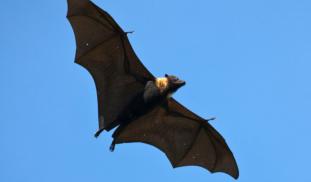Please wait...
About This Project
Interactions between humans and bats can be both beneficial and detrimental. Habitat loss worldwide has increased human-bat contact. Bats can carry diseases that have devastating effects on livestock and human health. Many are found in South East Asia, however the presence or absence of these diseases has never been studied in Fiji. Identifying how humans and bats interact in Fiji will improve bat conservation, and benefit human health if disease is found.
More Lab Notes From This Project

Browse Other Projects on Experiment
Related Projects
Let's increase scientific collaboration by giving scientists the credit they deserve
An over-reliance on authorship to index researchers' achievements has held back scientific collaboration...
Democratize Biotech! Can community labs jumpstart distributed production/distribution of critical biotech tools?
Equitable access to biotechnology is a global challenge in low-resource settings where there is limited...
FROcasting: A pilot of forecasting in the scientific review of focused research organizations
Scientific grant review consists of experts assessing the approach and impact of a given proposal. The process...





